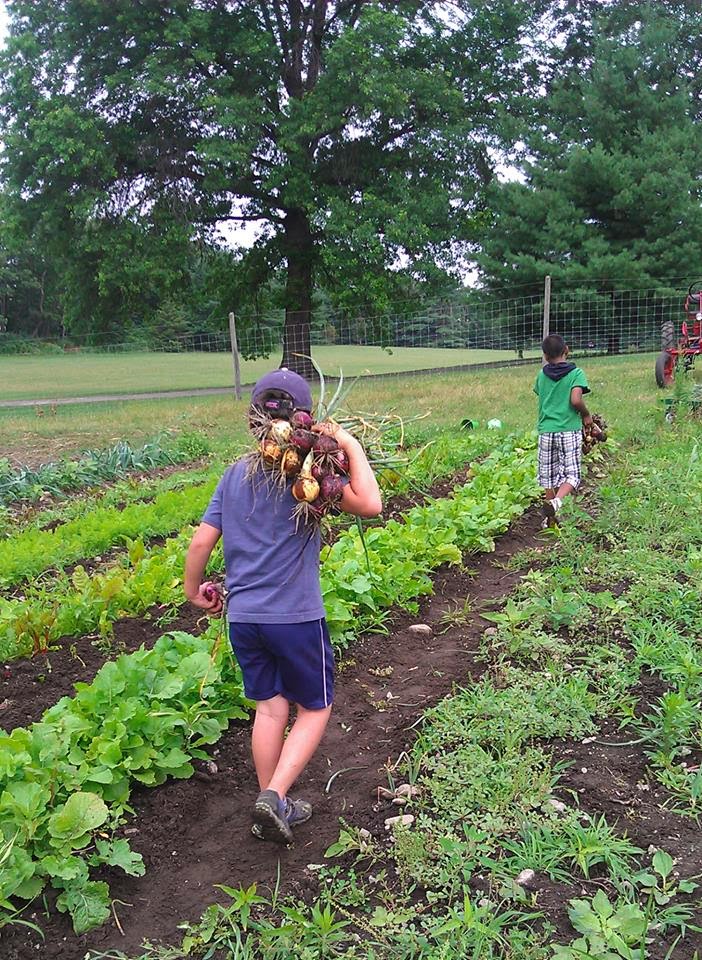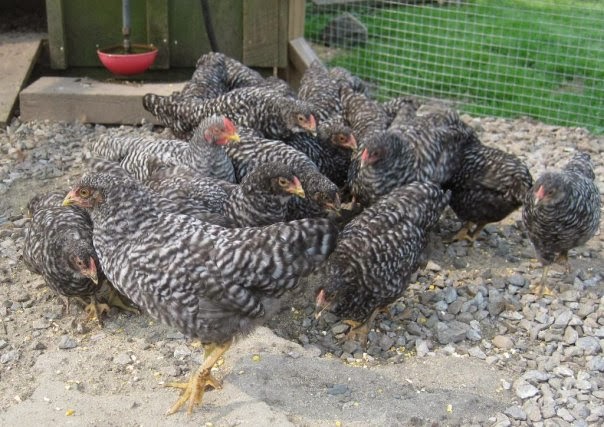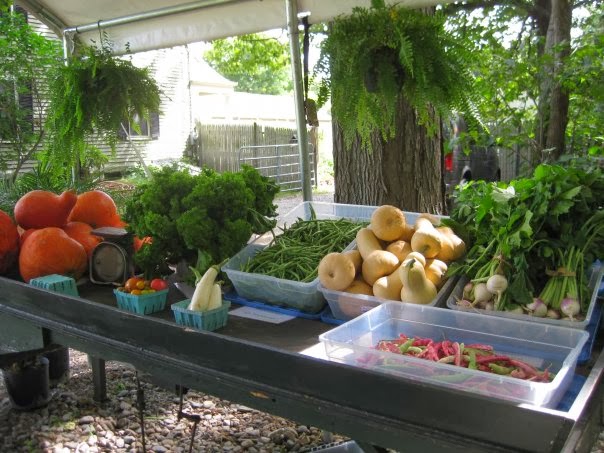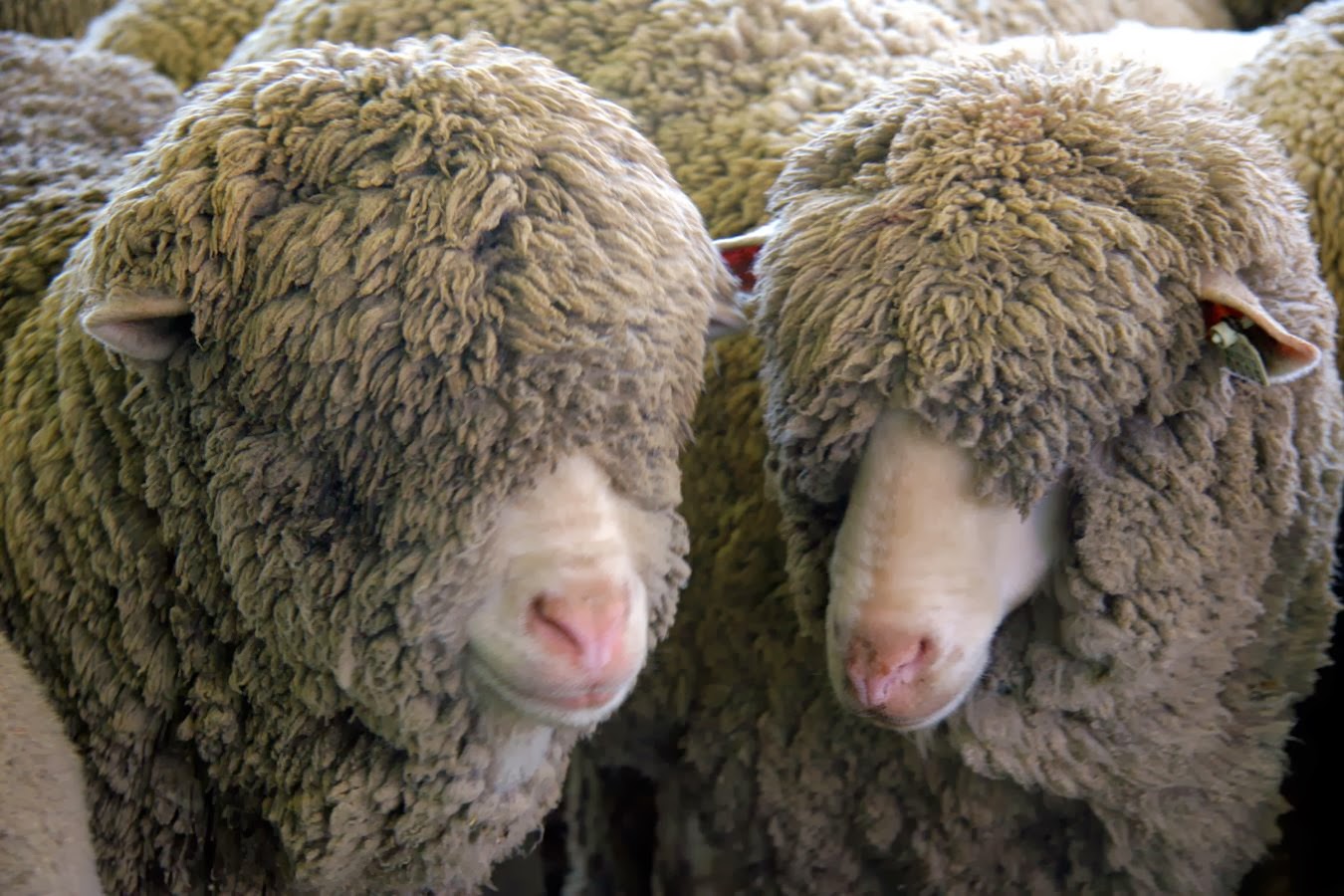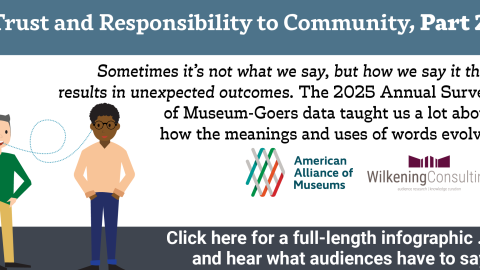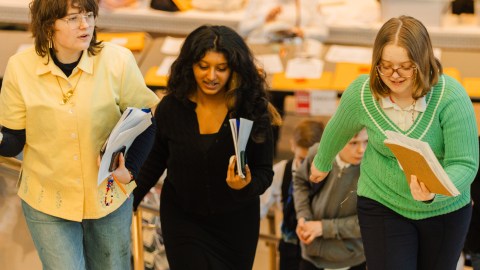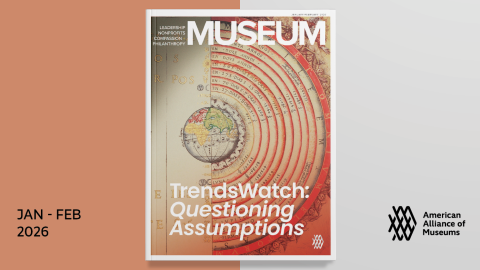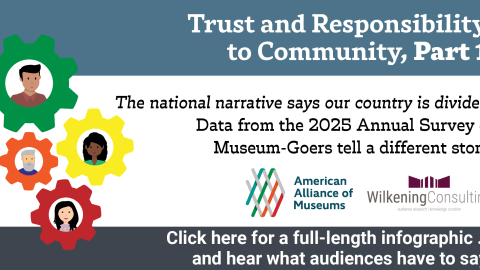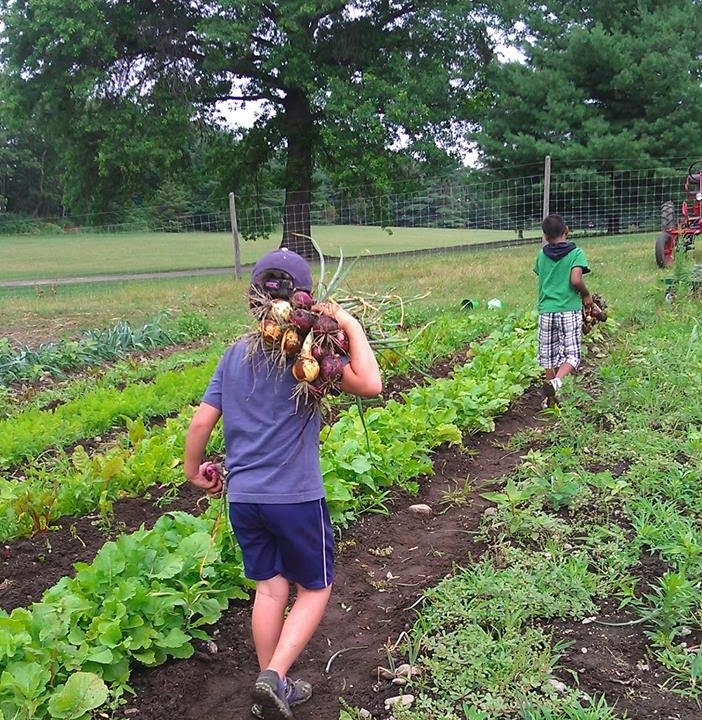
I’m collecting examples of entrepreneurial museum projects—mission-related initiatives that contribute to the financial bottom line. Last month I profiled the Spark!Lab National Network, an initiative of the Smithsonian’s Lemelson Center. This week we get down and dirty with The Farm at Gore Place. In this guest post, director Susan Robertson shares the rationale behind this venture, and the museum’s goals for the farm to generate both economic and social good.
The Farm at Gore Place is an important, mission-related program of Gore Place, an historic house and estate in Massachusetts, 7 miles west of Boston. Christopher Gore (1758-1827) was a MA Governor, a US Senator, and a founding member of the MA Society for Promoting Agriculture with a 200 acre farm on his estate. The museum’s farm today occupies 10 of 50 remaining acres of Gore land. We grow and sell plants, vegetables and flowers, eggs from our chickens, and pork and lamb from our animals at our on-site farm stand. We also sell corn and products that we purchase from local farmers.
Gore Place has raised early 19th c. varieties of sheep, goats and chickens for many years as part of telling our story. About 8 years ago we developed a long range plan for agriculture at Gore Place and began to farm small acreage. Interested donors provided equipment, while personnel, operating costs and depreciation were covered by the museum’s budget. In 2012, Gore Place formulated a plan to make the farm self-sustaining in three years. During this first year, we developed strategies to increase farm production and get more volunteers and visitors involved. We paid close attention to budgets and crop yields. We practiced green manure techniques, and we sold only what we could grow at our annual plant sale. Both revenue as well as costs increased the first year,but we are confident we will meet our goal of financial self-sufficiency by 2015.
Our ambitions are for the farm to generate more than cash, however. We collaborate with Boston Area Gleaners to harvest from The Farm at Gore Place for community kitchens. The Boston Area Gleaners are a non-profit dedicated to rescuing surplus farm crops for food pantries, shelters and soup kitchens in the Boston area. In 2013, our farm contributed more than 6000 lbs. to the Gleaners. It is a community effort that the museum is very pleased to join, and we are now one of their top five contributing farms.
Strategies for the second year of the plan include creating a “Pick Your Own” flower program (by popular request); setting up a more frequent rotation of pigs; sharing a ram with another farm; and looking for donors to support the gleaning. We will continue to visit and speak with other local farmers for ideas and best practices; we will expand our farm education programs and design a web site specifically for The Farm at Gore Place. Two off-site farm stands at nearby technology parks will be staffed by volunteers weekly during summer and early fall.
The Farm also generates good will and builds community. Farm related activities are a very popular way for local residents to become involved with Gore Place and affirm our presence as a community asset. For the last 26 years, Gore Place earned income from an annual Sheep Shearing Festival, which has also become a community tradition. In 2013, more than 10,000 adults and 7,000 children attended on a fine day and the event netted more than $50,000. Even on a rainy day, we are busy because visitors tell us that they look forward to the event as a way to start their spring. This year we added a festival in the fall to offer another seasonal experience. We schedule a variety of family outdoor activities during holidays and also offer farm dinners with local chefs cooking with produce from Gore Place.
The success of a museum program like The Farm at Gore Place will ultimately be measured by how well it becomes a community asset. While the self-sustaining side is certainly important to the museum’s financial health, it is the community outreach side that will carry the museum the farthest.

